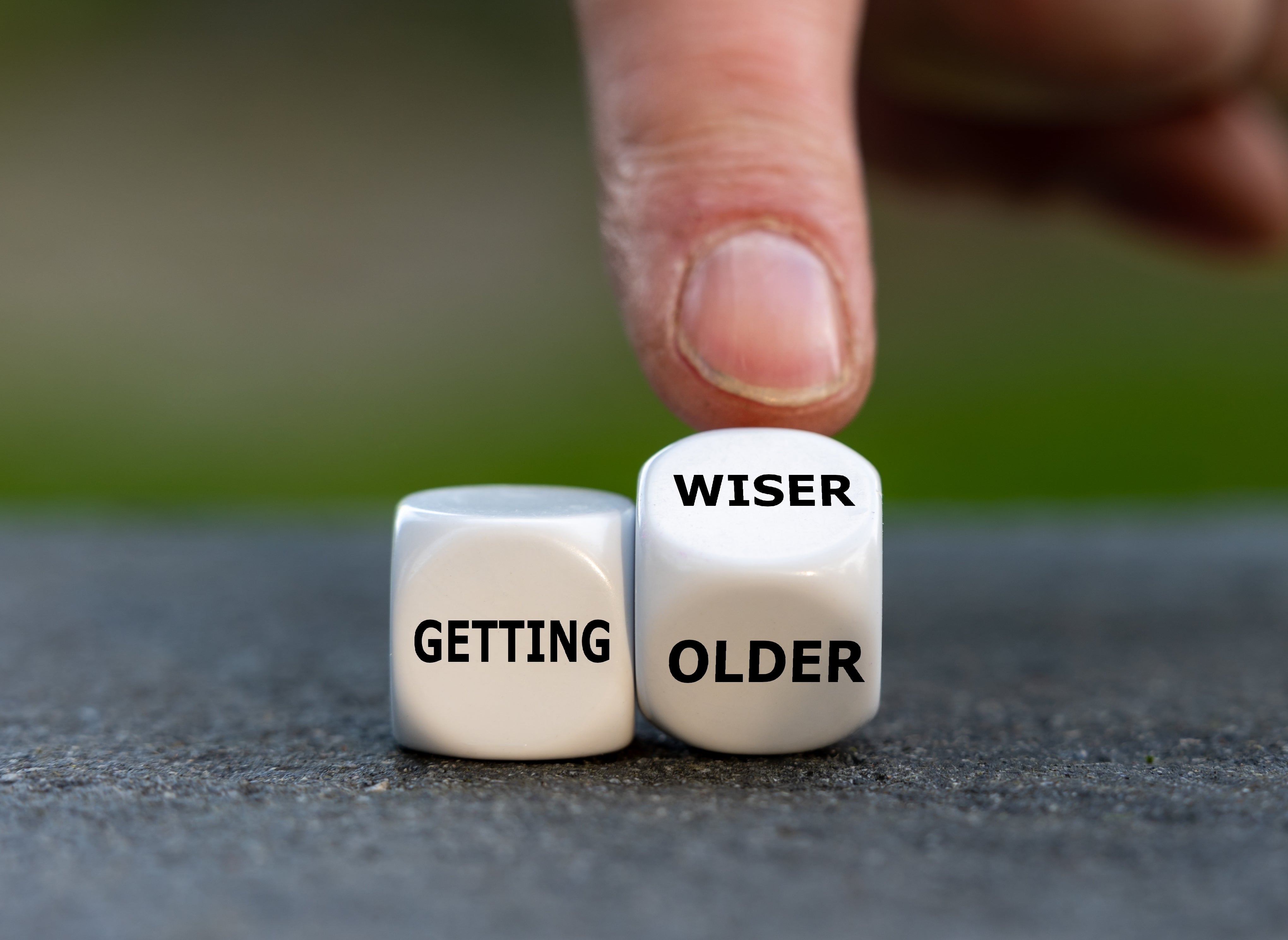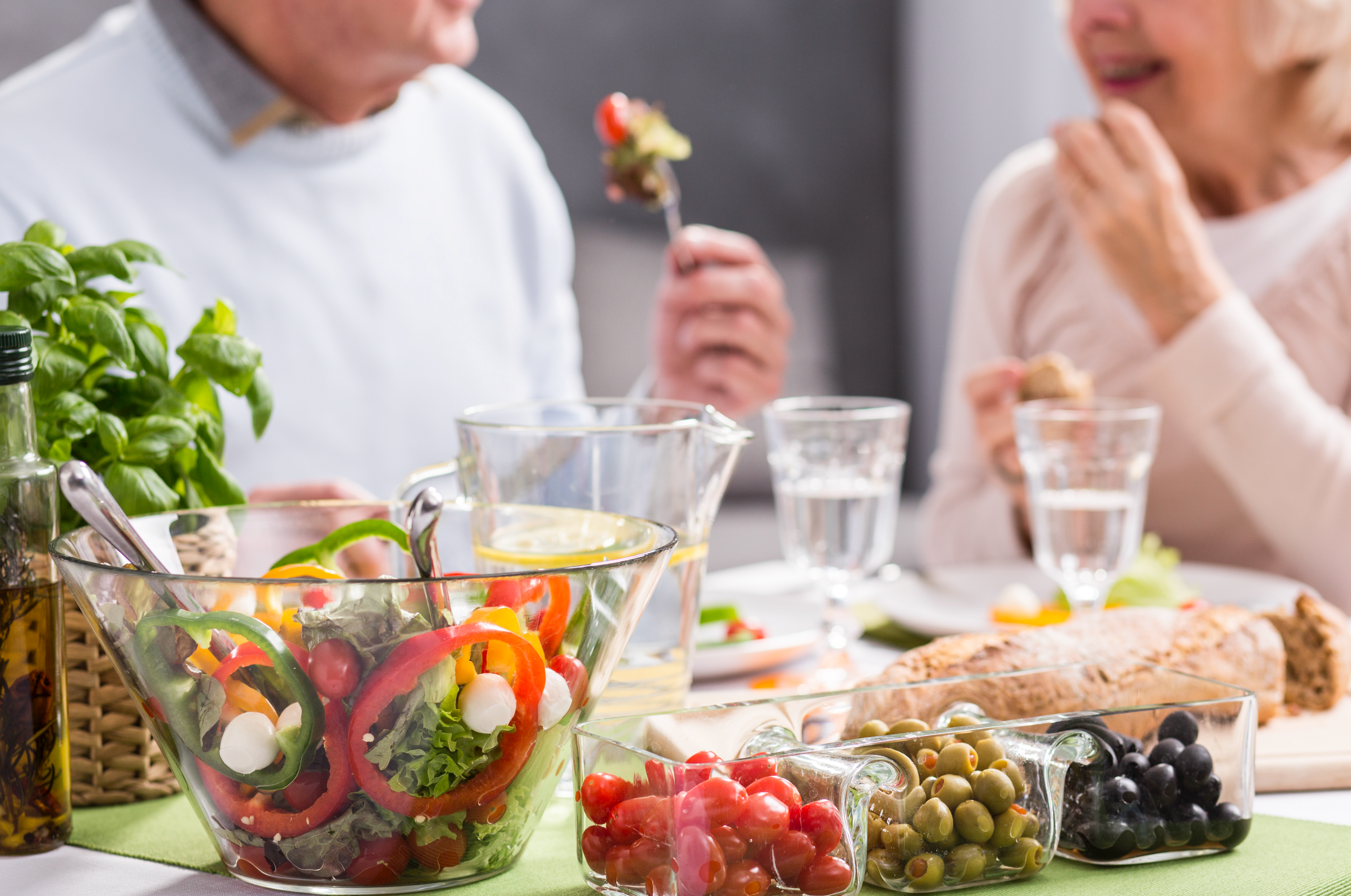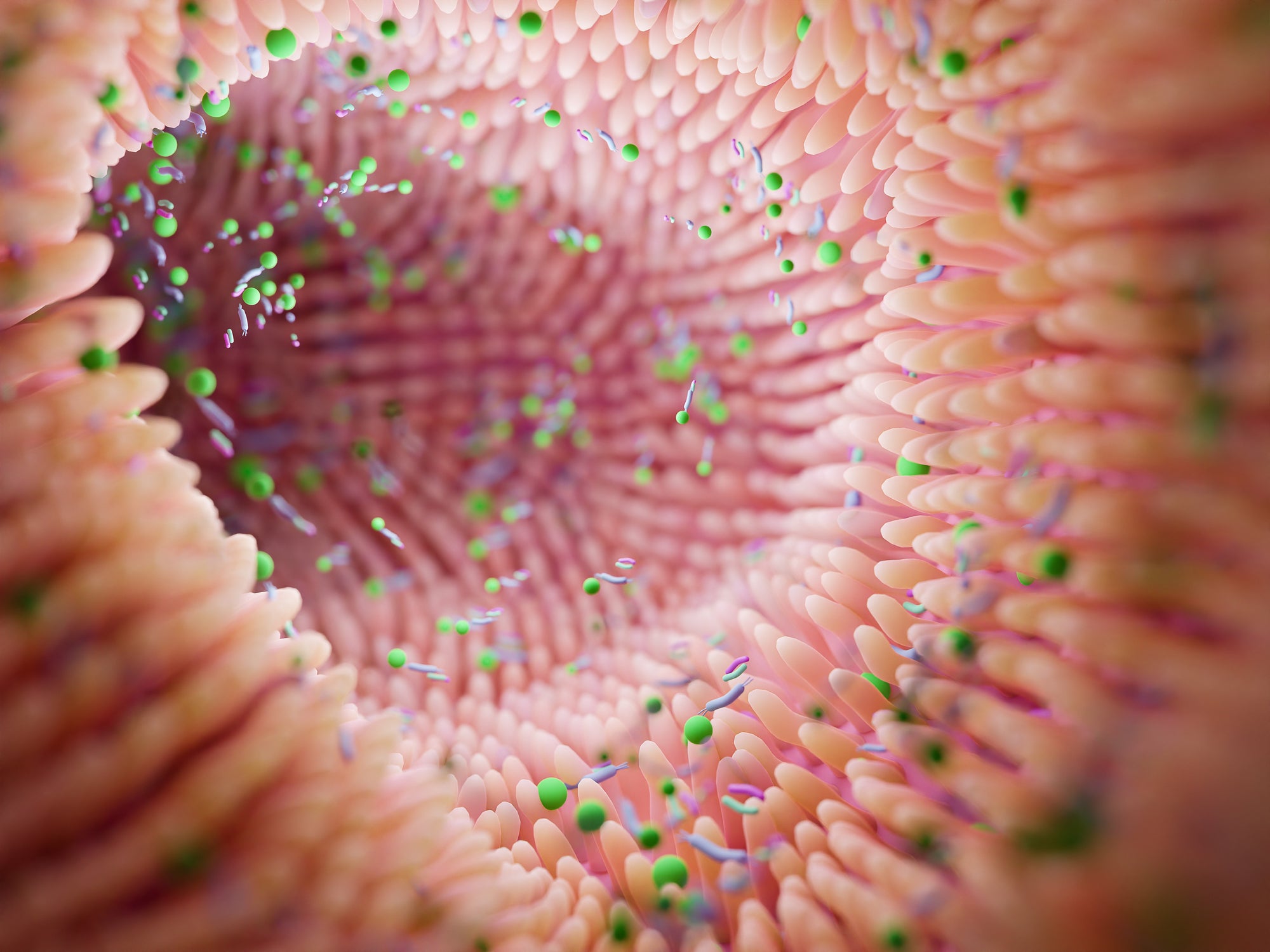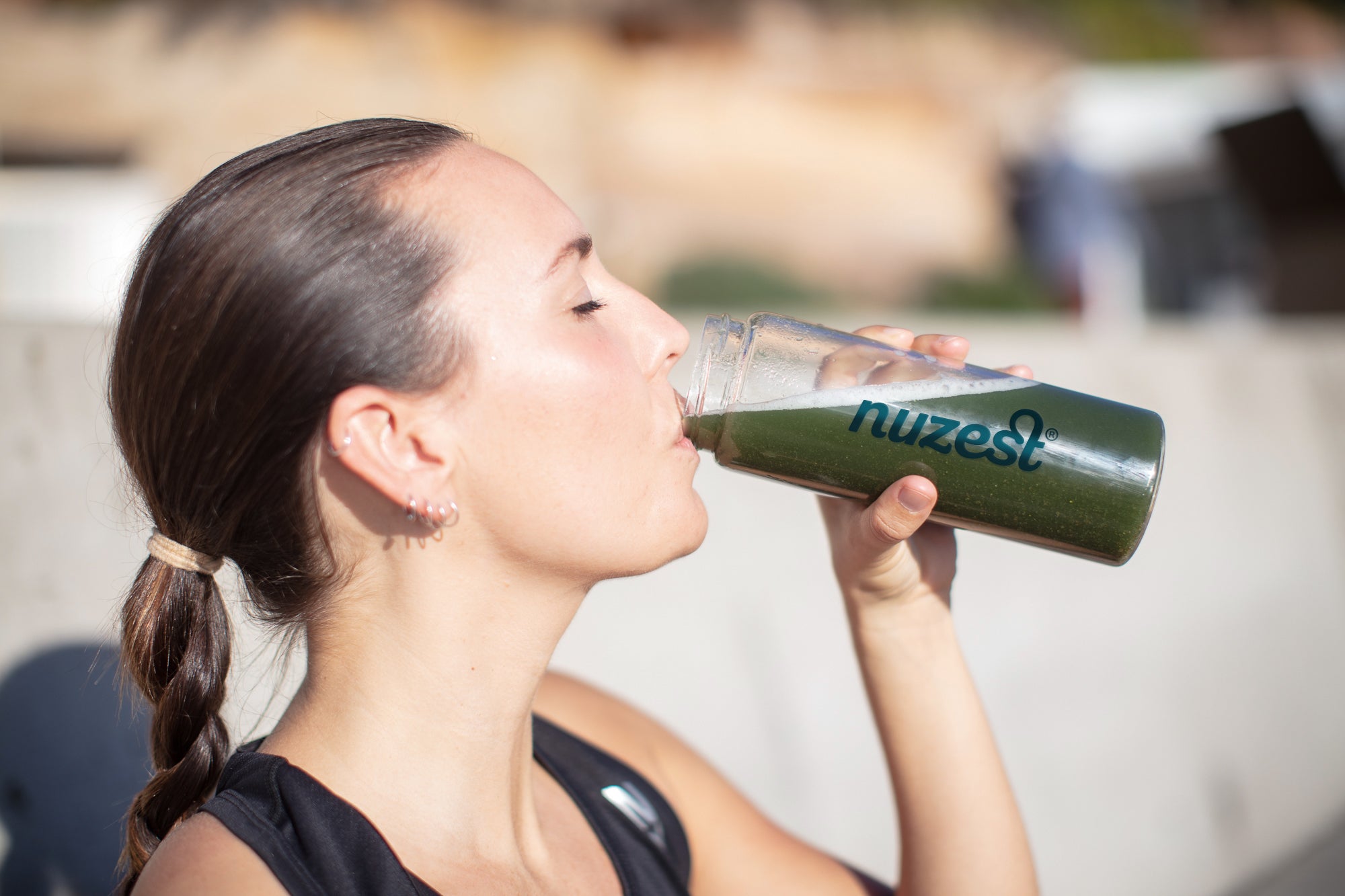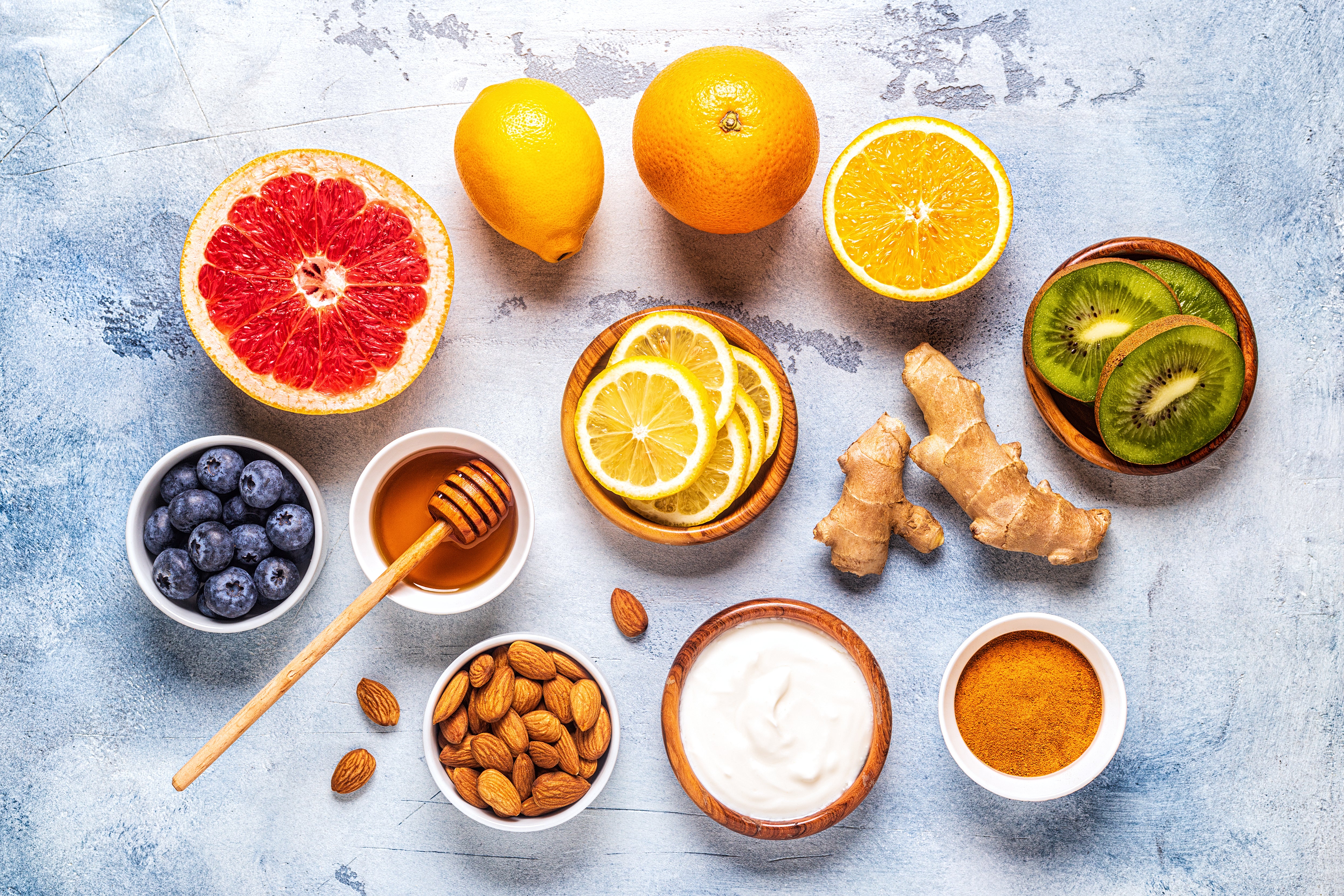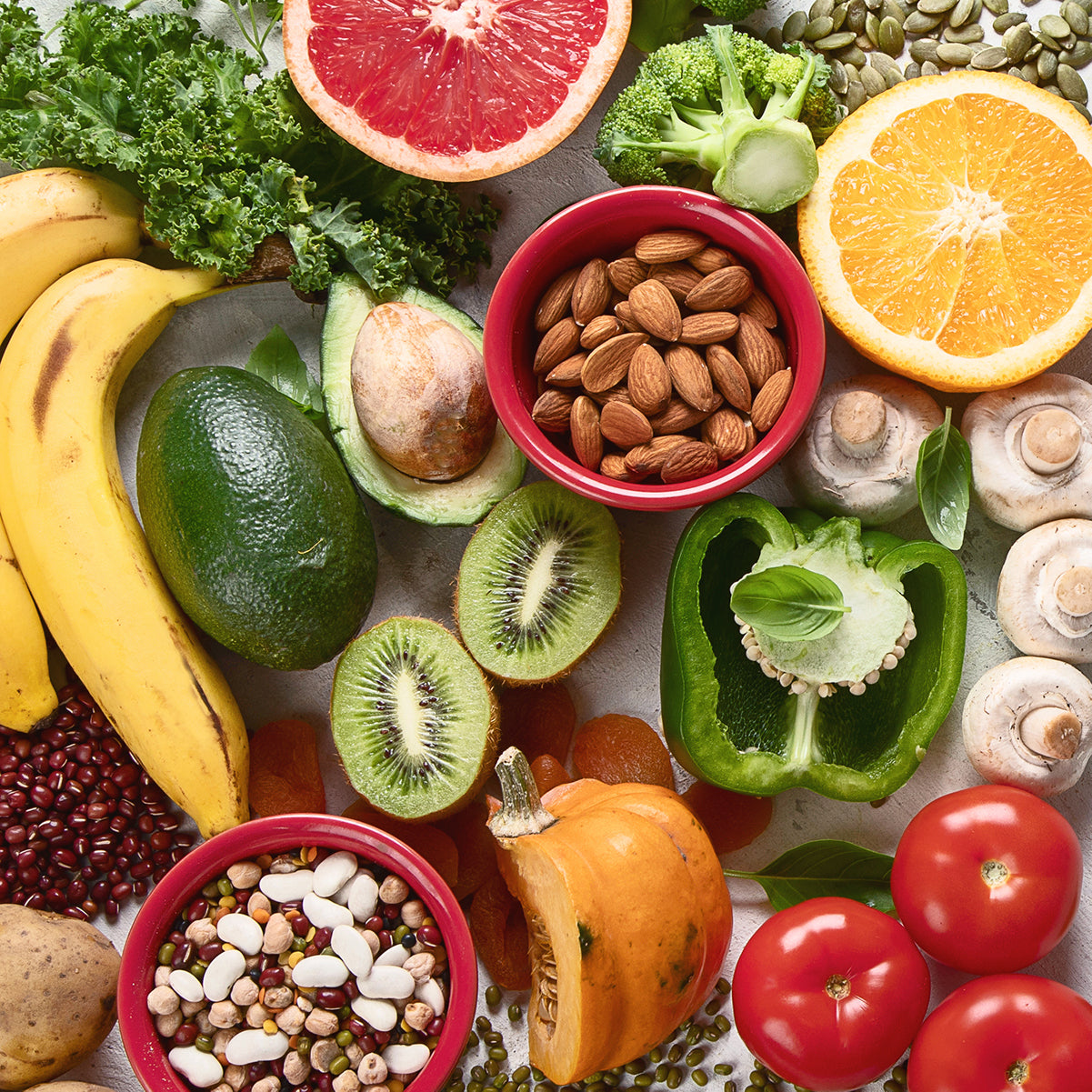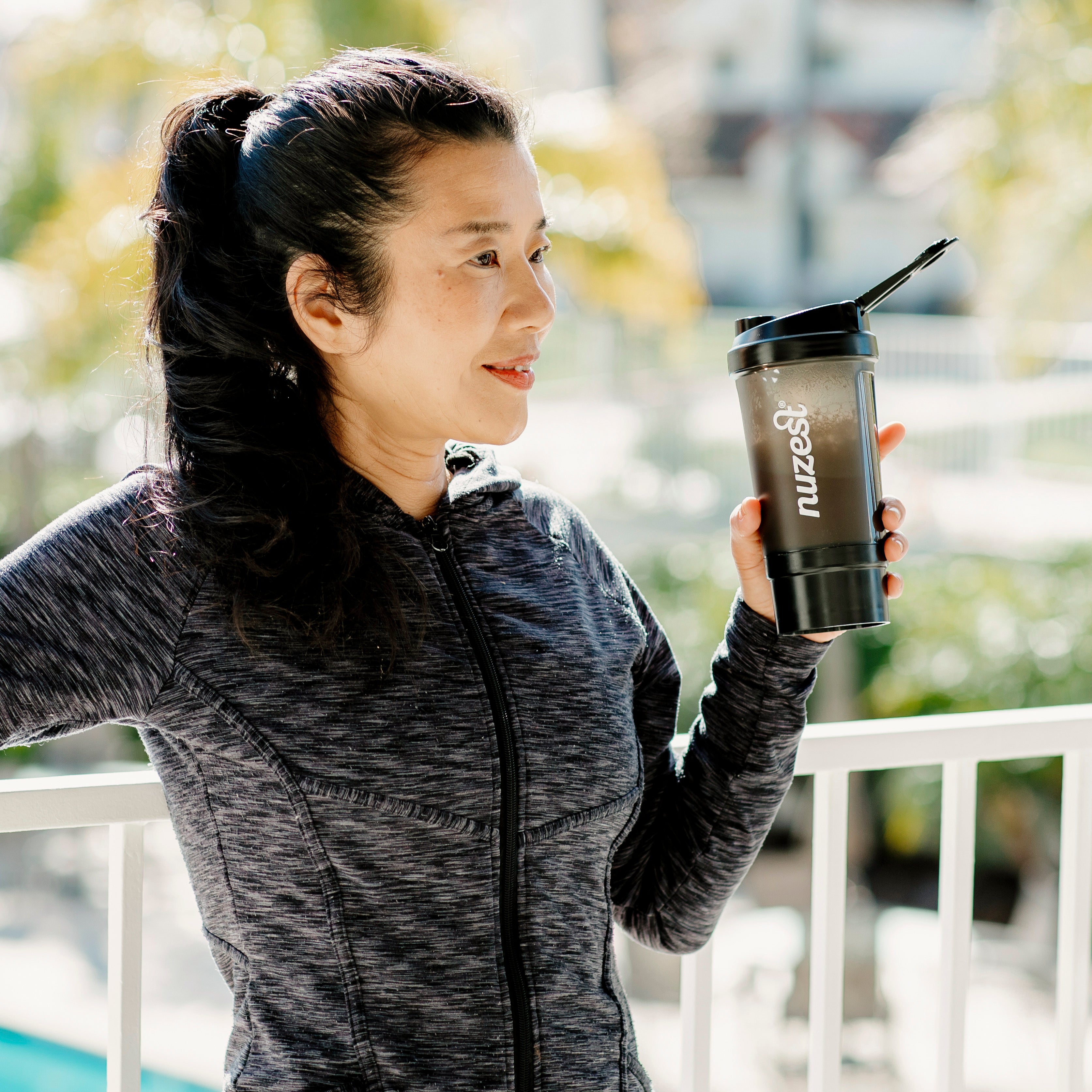By now you'll understand there are two main strategies we need to use to get clean and green.
The first involves doing everything you can to minimise your sources of toxic environmental chemical exposure; you'll find 5 top tips in our last blog. Every little bit counts as it's your body's overall burden, over time, that can end up over-taxing your innate detox systems. That means cutting out as many nasties in your life, whether you're putting them your mouth, on your skin, or inhaling them deep into your lungs.
The second strategy, the subject of this blog, is to make sure your own, onboard detox system is in tip top condition and has all the resources it needs to function to the best of its ability. Remember that our capacity to detox varies between one individual and another. Since gene sequencing technology became a key part of the medical and health sciences around a little over a decade ago, we now understand a lot more about the importance of genetic variations. We're discovering that people who struggle most with their exposure to environmental chemicals are more likely to have genetic variations that reduce their capacity to detoxify or biotransform particular chemicals. These genetic variations are rarely spotted or tested for by general practitioners who are simply not trained to look for them.
We're now going to focus on some of the things you can do with your diet, your physical activity and your lifestyle that will help you get the best out of your detox system.
Diet
- Make sure around half of every plate of food you eat is comprised of non-starchy vegetables, especially cruciferous ones from the cabbage family such as broccoli, kale, pak choi or bok choi that are rich in compounds that help our liver's to detox.
- Each day, ensure that you consume vegetables and fruits that represent all 6 of the phytonutrient colour groups, namely green, red, yellow, orange, blue/purple/black and white/tan
- Avoid charred, burned or even heavily browned foods, especially meats or carbohydrate sources, be they barbequed, fried, grilled or toasted, as these contain compounds that are recognised carcinogens
- Consume at least 2 litres of clean fresh water every day (more if you're exercising in hot weather), preferably between meals
- Consume a daily multi-nutrient food supplement product such as Nuzest's Good Green Stuff that includes a host of vitamins (e.g. vitamin B1, niacin, methylfolate, methylated B12), minerals (magnesium, zinc, selenium), plant-nutrients (e.g. broccoli sprout, turmeric and green tea extracts) and other nutrients (e.g. alpha lipoic acid, n-acetyl cysteine, resveratrol) that enhance our detox capacity, as well as others (e.g. milk thistle) that protect the liver, our main detox organ
Physical activity
- Be active moderately active for at least one hour every day, including, depending on your level of fitness, shorter periods (say 30 minutes) of more intense activity at least twice a week
Lifestyle
- Avoid smoking or inhaling second-hand tobacco smoke and if you consume alcohol, don't consume more than 2-3 units on any one day and include at least 4 alcohol-free days a week
- Sleep as much as your body needs, but not in excess of 9 hours each night. Make sure your room is darkened completely to ensure maximum output of the hormone melatonin and that you are away from electronic gadgets for at least an hour before bedtime. Also, turn off any electrical devices close to your bed and turn-off wifi (if you have it) overnight.















